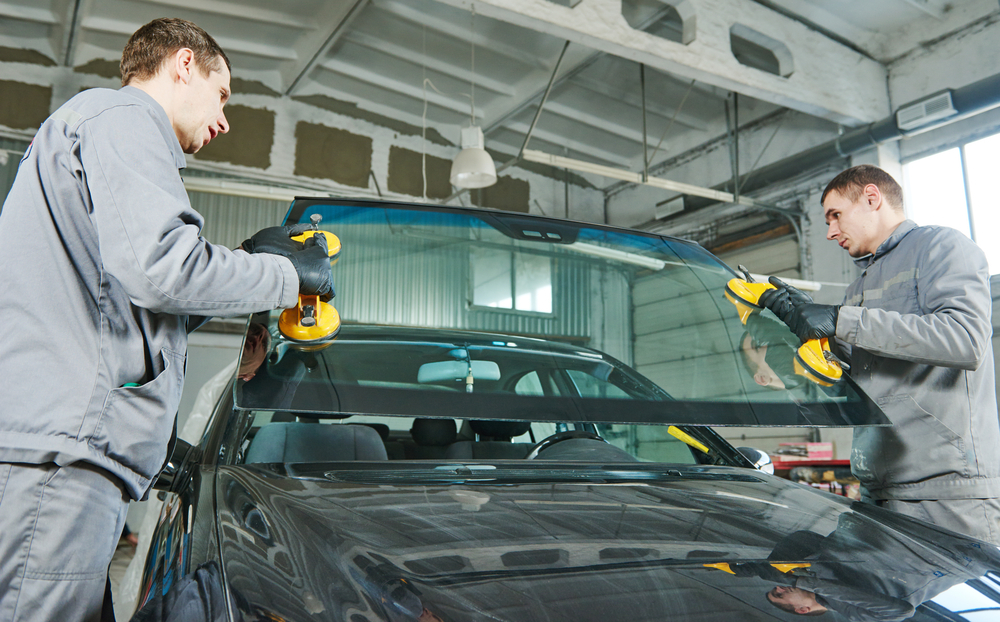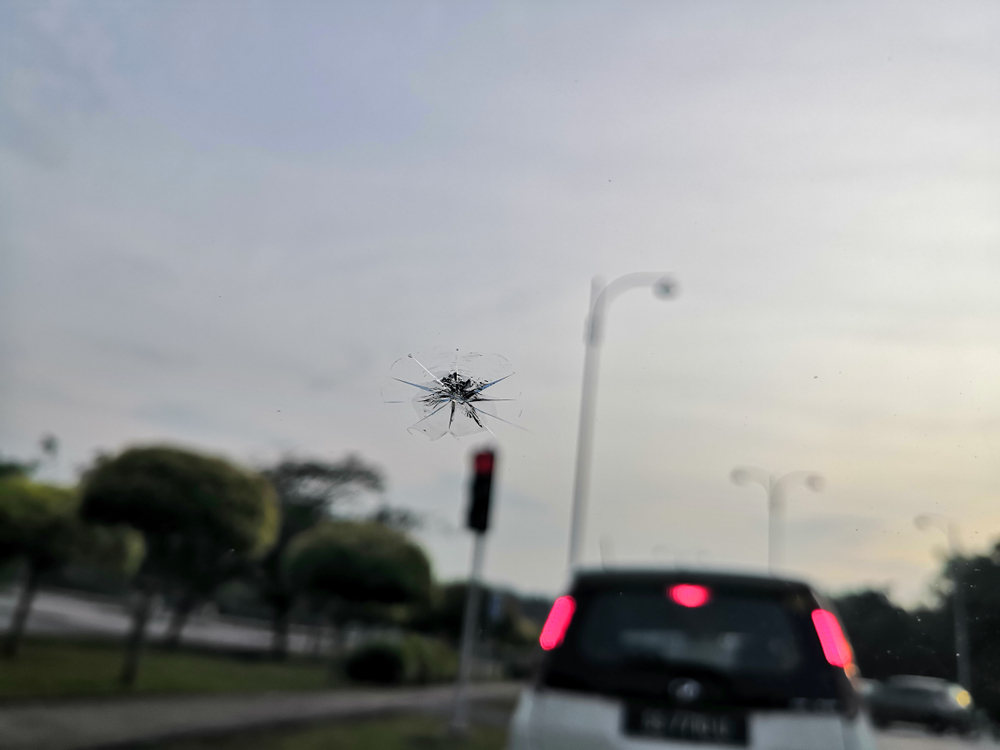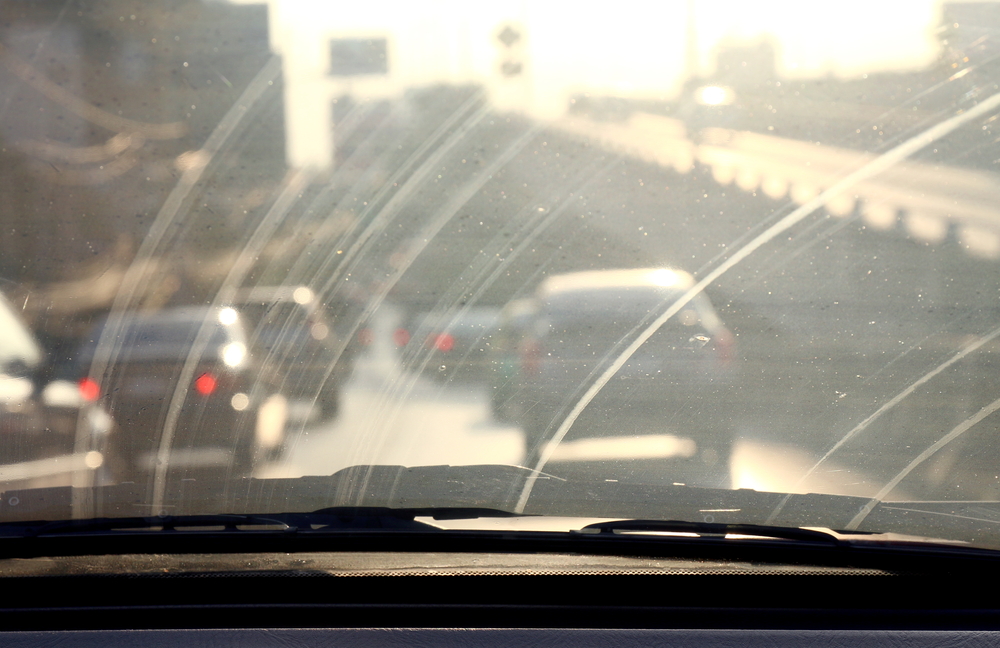Aside from keeping it clean, many of us don’t think about our windscreens until we get a chip or a crack. But the windscreen is one of the most important parts of a car. It is part of the structure of the car, providing structure for the roof. It also protects the driver and passengers from the weather and flying debris. Your windscreen creates an air vacuum for your car, ensures the proper function of the airbag, and provides some protection in a car accident.
As a result, your windscreen is a vital part of your car, which is why there are Australian Standards. Today we are going to discuss: does your windscreen meet Australian Standards.

Does Your Windscreen Meet Australian Standards?
For your windscreen to meet Australian Standards, your autoglass must be Australian, American, Japanese or British safety glass. (Source: Vehicle Standard 2005 – Federal Register of Legislation.) This means your windscreen utilises a dual layer of laminated glass that contains a chemical compound between the layers. This helps hold the windscreen together, preventing it from shattering when you get a scratch, chip or crack.
As a result, you should always have a professional windscreen repair service, like Quality Fit Windscreens, to repair or replace your windscreen. You can rest assured that the glass repair is up to Australian Standards. And any windscreen replacement glass is also up to Australian Standards.
Australian Standards for Windscreen Repair
As we all know, a chip can turn into a crack at any time, which is why it is important to have a chip or scratch repaired as soon as you notice it. A chip or scratch, no matter how small they seem, can cause serious or even fatal accidents. This is why windscreen repair is so important.
For example, if your windscreen shatters during an accident, you risk failure of your airbags, head and neck injuries, and serious glass wounds. Further, you or your passengers maybe thrown from the car. This is why we urge everyone to have chips and cracks repaired as soon as possible.
But it is also important to ensure your windscreen repair is to Australian Standards. That’s why you need to choose a professional repair service, like Quality Fit Windscreens. Windscreen repairs require an approved, high quality direct glazing adhesive for repairs.

Can I Legally Drive with a Damaged Windscreen?
The short answer, here, is that “it depends”. In Australia there are legal limits for the kind of windscreen damage that is and isn’t acceptable on a windscreen. These change state by state but in general, a windscreen is considered unroadworthy if:
- The area covered by the windscreen wipers is discoloured, cracked or damaged to an extent the driver can’t see well enough to drive safely
- There is a crack that penetrates more than one layer of glass
- You have a star or bullseye crack over 16mm in diameter or a crack over 150mm in length in an area that impedes the driver’s ability to drive safely
You could be pulled over or fined – or, at the very least, given a notice to repair the damage- if you are caught driving with the damage above. However, don’t expect the police to carefully measure the damage. You’re just as likely to get a fine if a crack is 145mm as it is if it’s 150mm.
If you’re found driving with a damaged or dirty windscreen, you may be asked to have the care reassessed for roadworthiness. This could include fine damage from sand or rocks, that obscures your vision or refracts light in a way that makes driving more dangerous than normal. You are then at the mercy of the tester and their discretion whether your car passes or not.

Victorian Windscreen Safety Standards
As mentioned before, every state has their own standards for windscreen safety in addition to Australian Standards. In Victoria, these are:
Wear or Damage to the Windscreen
Windscreens and windows may incur various types of damage. Testers are make allowances for deterioration from “as new” condition, and that this is allowable unless the damage falls under the following:
- The windscreen is discoloured, fractured, chipped or badly scratched within the area wiped by the windscreen wipers to the extent that the driver’s vision is impaired and the car can’t be driven safely
- There is a crack that penetrates more than one layer of glass
- The windscreen has one or more bullseye or star fractures over 16mm in diameter or one or more cracks over 150mm in length in a single layer of glass within the area wiped by the windscreen wipers
- The side windows have scratches or other damage to the extent that it impairs the driver’s vision so they cannot driven the car safely
Repairs and Obstructions to Driver’s View
A windscreen repair may result in a faint outline, a fine hairline surface mark, or a slightly dull spot where the damage was. Roadworthy tests deem this as acceptable. This is on the assumption that there is no internal obstructions to the driver’s view through the swept area of the windscreen, 60 degrees to the left of the driver’s position, or to the right of the driver’s position.
How to Find the Primary Vision Area
The primary vision area is, essentially, the area you see out of when driving. Legally Vicroads calculates the primary vision area by excluding the area above the wiper arc or the top 10% of the windscreen, whichever is greater. In general, if there is damage within the primary vision area, the car is unroadworthy and the windscreen requires repair or replacement.
Does your windscreen meet Australian Standards? Do you have a chip, crack or scratch you’ve been meaning to get repaired? Contact the team at Quality Fit Windscreens today. We can visit you at home, or at the office, to repair or replace your windscreen. Our staff follow all social distancing laws and recommendations, to keep you safe at home and on the road.
